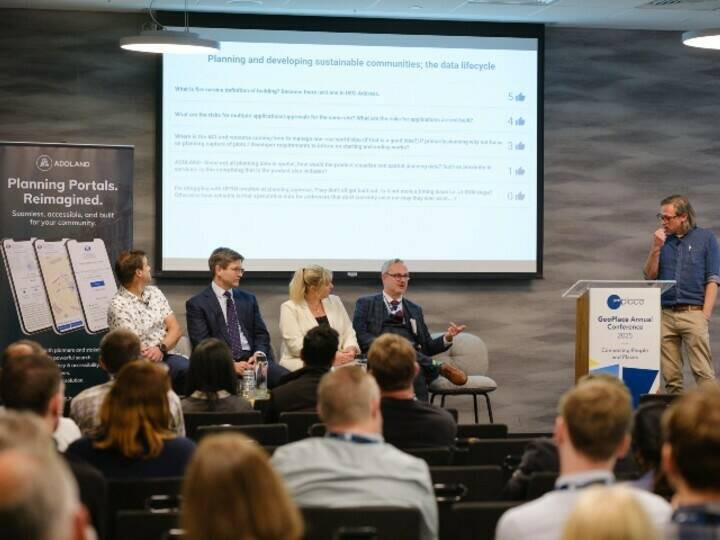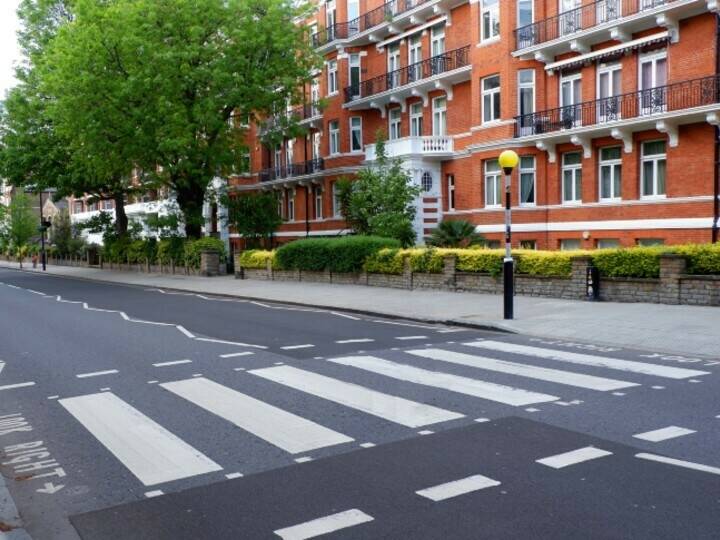Similarly, authorities have the responsibility to hold a definitive map detailing all public rights of way within the boundary.
The problems
The council historically had one department who looked after the Local Street Gazetteer (LSG) which supports all highways and street works activity by having a definitive record of all streets, recorded against a Unique Street Reference Number (USRN). Another department contained a standalone system supporting data concerning public rights of way (PRoW) in the council area.
There were two main drivers for change:
- the National Street Gazetteer Data Entry Conventions which provides the rules to ensure consistency in the way LSG data is created and maintained had historically suggested the inclusion of public rights of way data was optional, however it has been clarified in the most recent Data Entry Conventions that PRoWs are defined as highways and that under NRSWA must therefore be included in the NSG
- the council had a planned upgrade to upgrade their computer operating systems. Because the PRoW data was outside the main corporate systems, there would have been a cost to upgrade their systems. This provided the prime opportunity to see whether there could be a better way of working
A case study of Northumberland’s work to integrate public rights of way data with the Local Street Gazetteer (LSG). This case study outlines the proactive work of the LSG Custodian in harmonising council data. The case study examines the particular example of linking local street data with public rights of way data. A key lesson has been the value of matching from a spatial point of view but the case study also demonstrates the value of harmonising information within a council.
Background to the project and organisations and who was involved
Northumberland county council is a unitary authority in the North East of England. The council has approximately 312,0000 residents, according to the 2010 mid-year population statistics. In total, the council maintains 12,900 streets and 4,700 public rights of way.
All local authorities with a highways function maintain a Local Street Gazetteer (LSG) which provides a definitive list of all roads and streets within the council boundary. This information is collated centrally and is then made available as the National Street Gazetteer for utilities and other relevant organisations.
Case Study Northumberland Council
The LSG Custodian took the initiative and approached the PRoW team to see whether they could work together more effectively.
The solution
The LSG Custodian felt the optimum solution was to host the PRoW data within the LSG data. This would ensure that all PRoW records were being recorded on the correct roads and also that one consistent dataset was being maintained.
To begin the process, the LSG Custodian provided a demonstration of the opportunities there were if the PROW data came into the LSG. The Custodian demonstrated that by linking the datasets together, the PRoW team would be able to see any roadways information; they could see how the street lifecycle works and they can also see how calls from the call centre are recorded.
The PRoW team agreed to progress and so the LSG Custodian used open source software to automate the match between the two sources of information. Importantly, they not only looked at the information sources in textual format, on a spreadsheet, but also spatially on a map, so they could see where the sources matched and where they didn’t.
Outcomes and impact
The team are half way through the process, but the feeling is that the hard part has been done. The bulk of the matching has been complete. Potentially more importantly, the pledge to join the two data sources together has been cemented and will ensure much greater joined up working, and efficient council activities in the future.
Longer term impact will includes greater harmony between council systems and therefore council services; more accurate records for PRoW data and a richer LSG dataset. This harmonisation will also allow easier communication with partners and external organisations such as the charities and utility companies. The project has provided validation for the PRoW network. In turn, this provides further assurances that the information being used for land purchase reasons are based on harmonised information.
Next steps
In terms of the projects next steps, the team plan a phased approach to the roll out of the matching work. There are several key elements to the next steps:
• bridleways/adopted new roads are presenting a challenge, as they haven’t taken highway rights – eg of lots of dual classification of roads
• eventually the information will also be matched to the LLPG too.
• not unusually, there are some anomalies between the records and some time is required integrating these
Key lessons from the project
Key elements to take from this project are
- there is real value in linking as many council systems together as possible, utilising the unique reference number of the street gazetteer
- departments can’t work in isolation
- Examine things spatially, something which looks ok in a database may be inaccurate on a map



